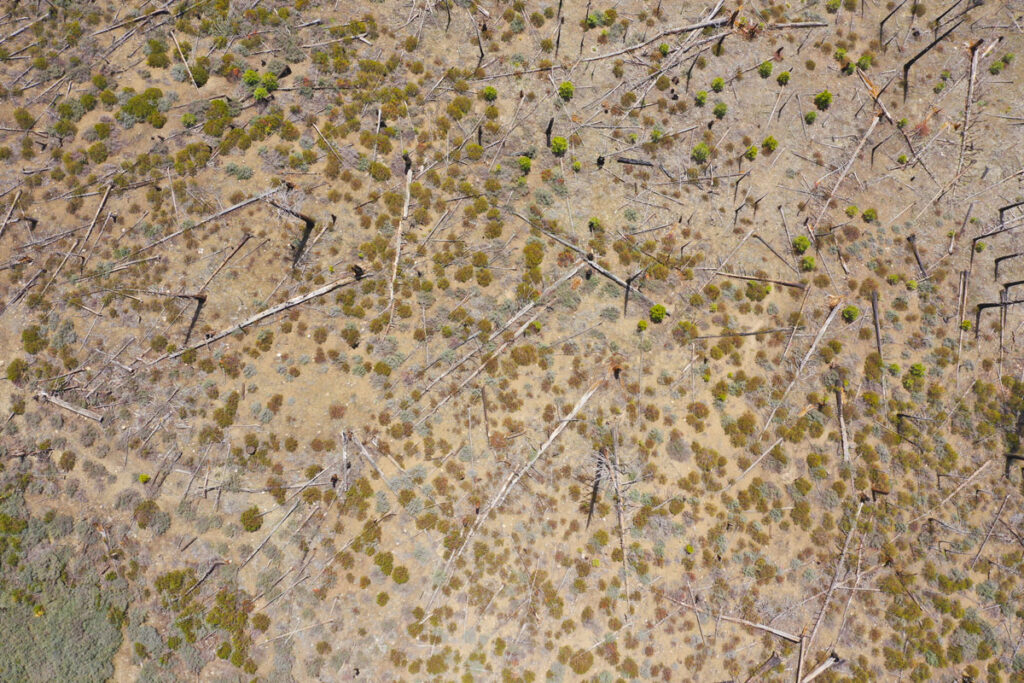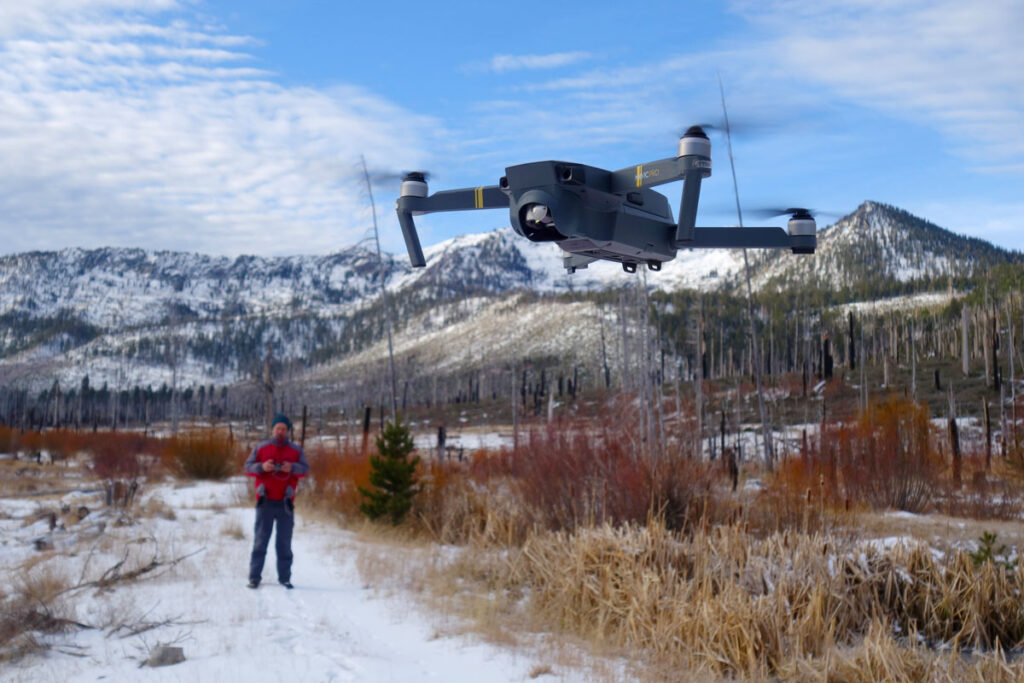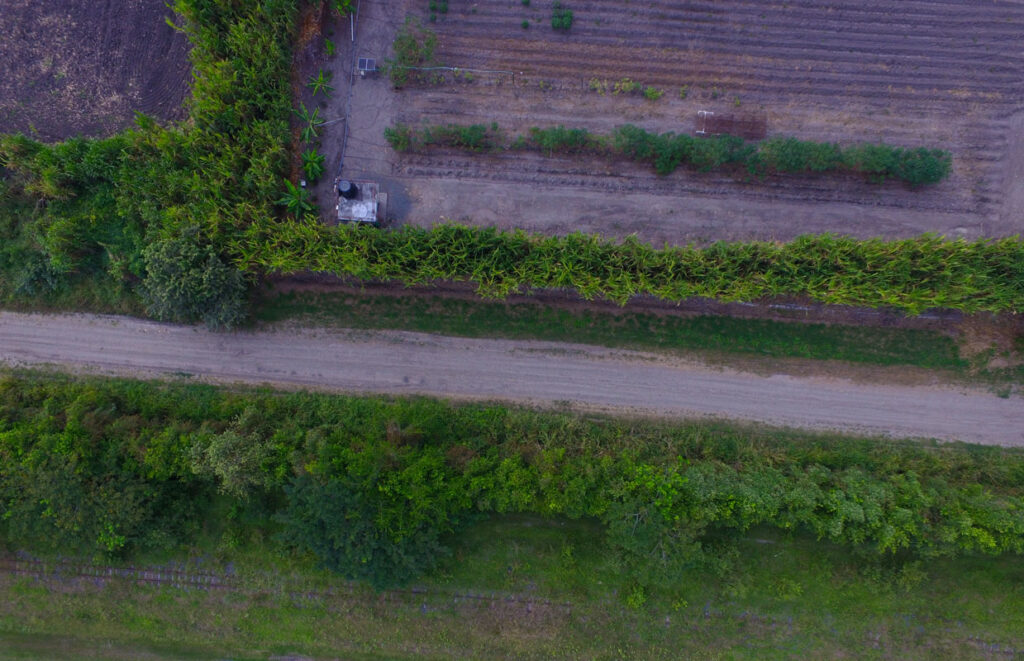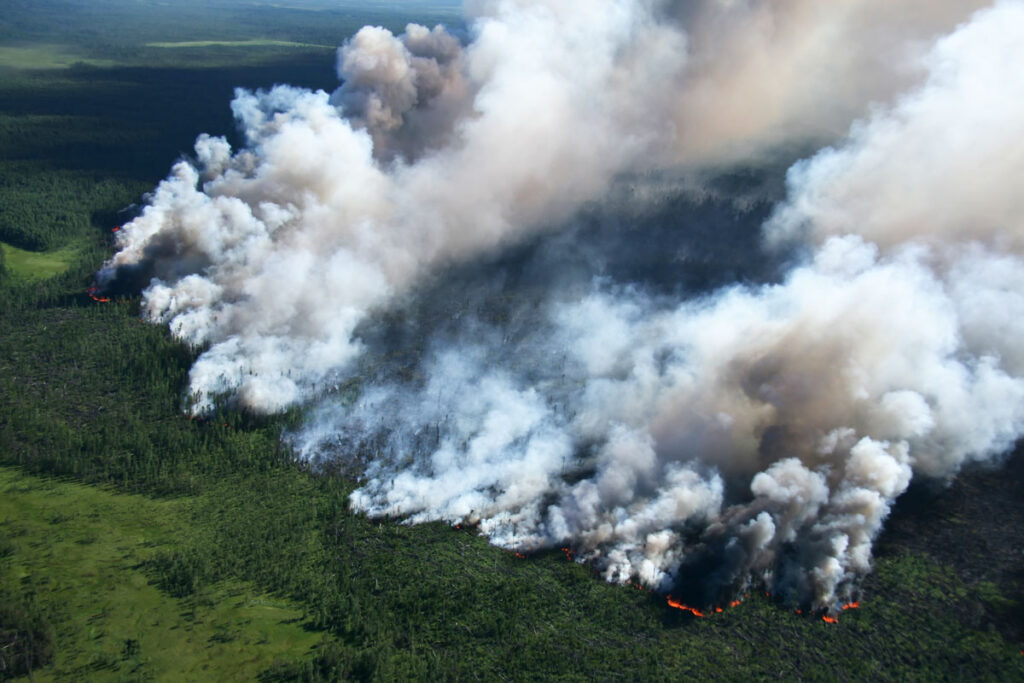Close
Close
Uncrewed Aircraft Systems (UAS) are ideal for mapping areas under about four thousand acres. They yield extremely detailed results (3.5 cm resolution or better), feature the ability to be deployed quickly in response to sudden events, have the flexibility of working in short windows of optimal conditions, and cost far less than other methods.
SIG’s drone team is FAA certified and has completed over 400 missions. With more than two decades of cumulative experience, SIG’s team has broad remote sensing experience that includes high resolution Redwood forest canopy imaging, aquatic invasive species monitoring in Lake Tahoe, quantifying forest carbon stocks on Apache lands in Arizona (a project that also included training local managers in UAS operation for ongoing monitoring), and more.
Our extensive operational experience and proprietary workflows put SIG at the cutting edge of UAS applications. Our partnership with the University of Vermont’s Spatial Analysis Lab ensures we are part of the conversation at the academic level as well.
SIG’s fleet of drones includes the fixed-wing Sensefly eBee Plus RTK and quadcopters like the DJI Mavic Pro and Pro 2, the Sensefly Albris, and the DJI Phantom 4. This mix of platforms allows us to utilize a wide range of sensors, including thermal and multispectral cameras, and high resolution video cameras.






Our UAS teams of two to four personnel can capture imagery over up to 250 acres per flight. For most projects, map product turnaround can be as little as 24 hours. We take care of all aspects of any mission, including selecting equipment, planning flights, and obtaining any required airspace clearance. Data capture is automated using state-of-the-art software. Our team will also collect control points on the ground across the landscape.


SIG’s clients use our UAS capabilities for a broad range of analysis and monitoring applications. These include natural resource and agriculture mapping and monitoring, landscape-wide tree mortality assessment, humanitarian flood hazards and impacts, monitoring of forest and wetland restoration, aquatic and terrestrial invasive species mapping and monitoring, construction site compliance, volumetric calculations, and imagery for public communications.
For example, the Tahoe Keys Property Owners Association in California contracted Spatial Informatics Group to develop site plans and to verify impervious coverage for 15 of their land holdings. SIG used a quadcopter platform with Pix4d mapping and image processing software to efficiently produce maps and coverage calculations in compliance with Tahoe Regional Planning Agency regulatory requirements. This effort represented the first ever application of this technology for this purpose – demonstrating its potential to greatly streamline and reduce the costs of compliance with regulatory requirements.